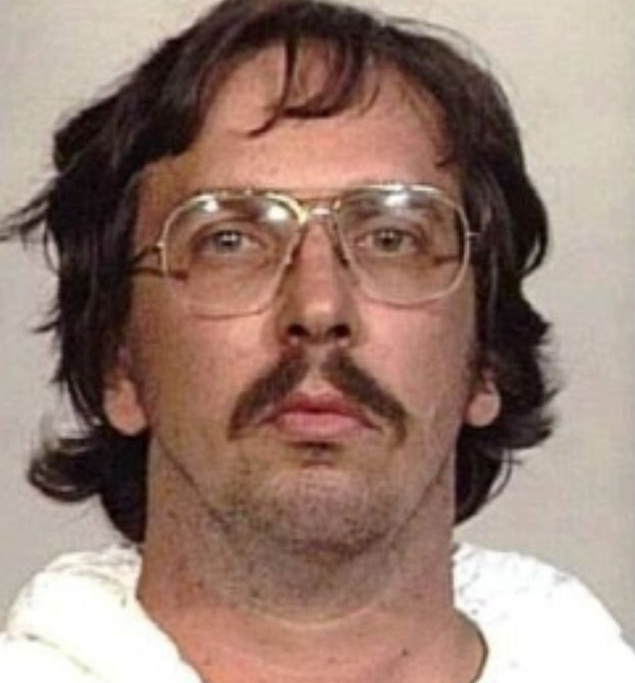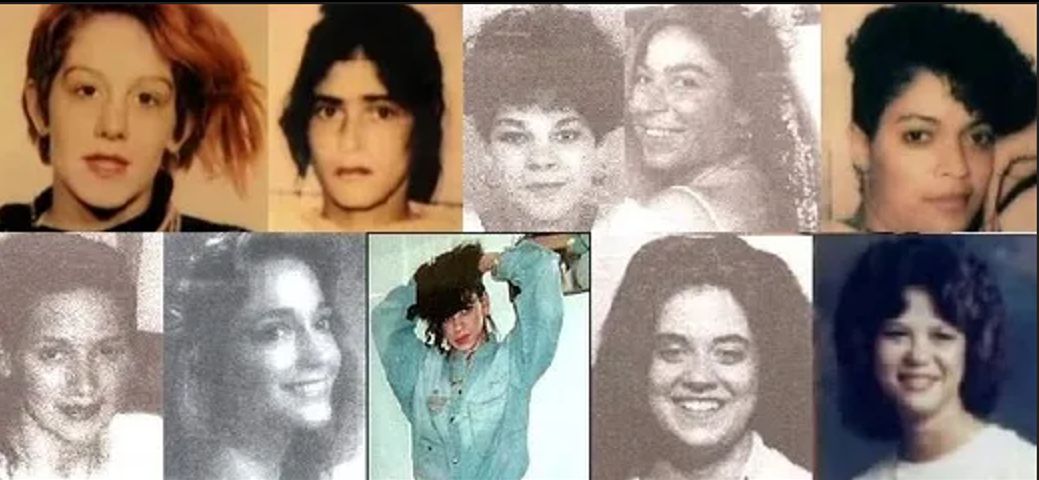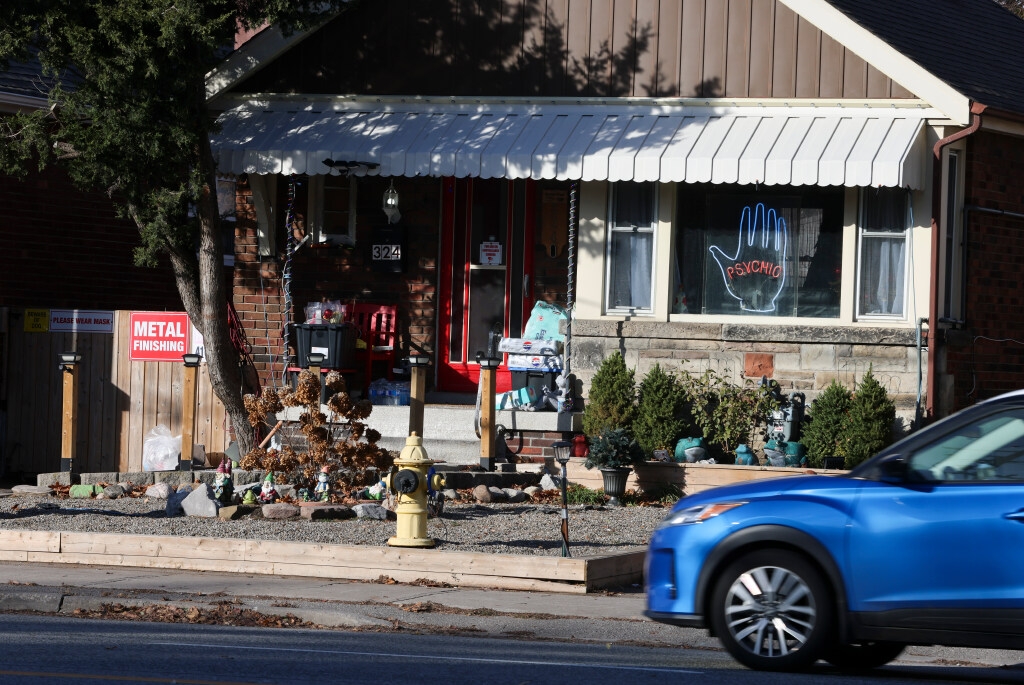The discovery began with a misplaced golf ball, a casual search off the fairway of the seventh hole at Hopewell Valley Golf Club in New Jersey. But what the golfer found wasn’t a lost ball; it was a chilling fragment of a life brutally ended – an empty paint can containing the head of a young woman. The date was March 5, 1989, and a nightmare had begun to surface.
Detectives painstakingly pieced together the horror, revealing a murder committed weeks earlier, on February 20th, in a quiet East Meadow, New Jersey home. The victim hadn’t simply been killed; she had been systematically dismantled. An X-Acto knife had been used to dismember her, her teeth and fingertips removed, a deliberate attempt to erase her identity.
Her remains were scattered across the New Jersey landscape and the murky depths of the East River. Legs found in Jefferson Township, arms and torso lost to the current. The initial brutality was compounded by a savage attack with a Howitzer shell, followed by strangulation – a chilling combination of force and calculated cruelty. It would be 24 years before she had a name.

Joel Rifkin was born into a world of shifting expectations, the product of a college romance that never fully materialized. Adopted as an infant by a middle-class couple seeking a fresh start, he moved with them from the bustling streets of New York City to the relative calm of East Meadow, Long Island in 1965. The move was an attempt to escape a city perceived as spiraling into chaos.
But the change of scenery couldn’t shield Rifkin from the harsh realities of childhood. He was an awkward, isolated boy, perpetually on the outside looking in. Bullies found easy targets in his maladroitness, excluding him from games and sports, leaving him to navigate a lonely existence. Despite his social struggles, Rifkin possessed a sharp intellect, registering an IQ of 128.
The isolation and rejection drove Rifkin inward, into a troubled world of his own making. A pivotal moment came in 1972 with Alfred Hitchcock’s film, *Frenzy*. The film’s depiction of rape and strangulation ignited a dark obsession within him, a seed of violence that would take root and blossom into unimaginable horror.

At sixteen, Rifkin began to act on his disturbing impulses, using a car gifted by his parents to seek out prostitutes. This pursuit continued even during his time at Nassau Community College, where his studies took a backseat to his sordid desires. His money, his time, everything was consumed by this dark compulsion. By 25, he had abandoned his education, fully embracing a life dedicated to his terrifying urges.
The first confirmed victim, Heidi Balch, a 25-year-old prostitute working the Times Square stroll, wasn’t reported missing for over a decade – not until 2001. Her 1989 murder was the opening act in a gruesome series of killings that would span years and claim the lives of numerous women. Rifkin’s bloodlust, once ignited, proved insatiable.
Julie Blackbird was next, murdered just sixteen months after Balch. Beaten with a table leg and then strangled, her body was dismembered and never recovered. Then came Barbara Jacobs, Mary Ellen DeLuca, Yun Lee, and a Jane Doe, each victim meeting a similar fate – brutalized, silenced, and discarded. The list grew with chilling regularity: Lorraine Orvieto, Mary Ann Holloman, Iris Sanchez, Anna Lopez, and more.

Sixteen women, all prostitutes, vanished from the streets and shadows of New York. The sheer number of victims was staggering, but the investigation was hampered by the nature of their profession and the overwhelming number of homicides plaguing the city, peaking at 2,200 murders in 1992. Their disappearances were often overlooked, their stories untold.
Tiffany Bresciani, a 22-year-old who had left Louisiana with dreams of stardom, became another tragic statistic. Drawn into the city’s underbelly by drugs and desperation, she found herself entangled with a pimp named Dave Rubinstein. On June 24, 1993, she told Rubinstein she’d be back in twenty minutes after accepting a fare from Joel Rifkin. She never returned.
Rubinstein, consumed by guilt, contacted the police, providing a description of Rifkin’s truck. Two weeks later, he took his own life, unable to bear the weight of his loss and the horrifying realization of what had happened. The search for Bresciani led police to Rifkin, and on June 28, 1993, a high-speed chase ended with his arrest on Long Island’s Southern State Parkway.

The stench emanating from Rifkin’s truck was overwhelming. Inside, wrapped in a tarpaulin, lay the body of Tiffany Bresciani. Within five minutes of interrogation, Rifkin confessed to all seventeen murders. In May 1994, he was convicted and sentenced to 203 years in prison, a sentence that effectively condemned him to die behind bars. His parole eligibility? The year 2197.
When asked if there were other victims, Rifkin offered a chillingly detached response. “One or 100, what’s the difference?” he reportedly said. He casually recounted his crimes, dismissing the lives he had taken with a horrifying indifference. “I killed that one. That one was easy.” He admitted he would have continued killing if he hadn’t been caught, a terrifying testament to the darkness within.





